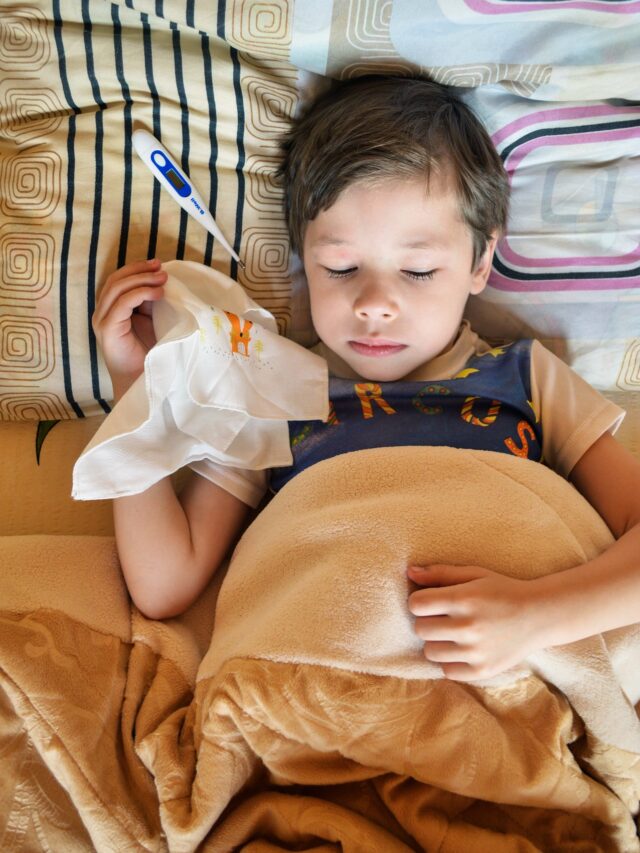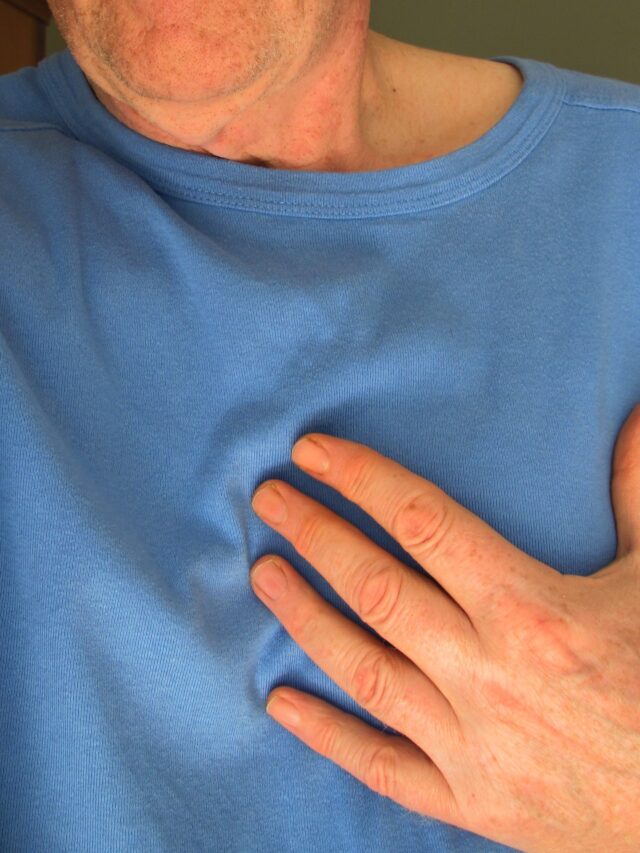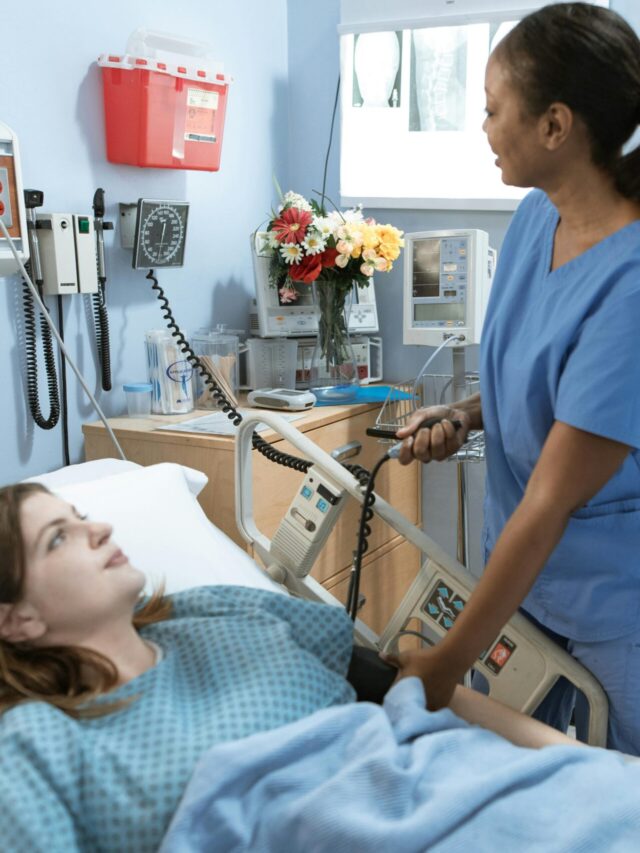APPENDICITIS
The appendix is a thin little finger-shaped organ that is located in the right lower end of the colon in the abdomen. It is considered a vestigial organ because it has no function in the human body.
Inflammation in the appendix is considered appendicitis. It is an emergency condition and the patient should be managed as soon as possible in the hospital to prevent the rupture of the appendix.
Appendicitis cases are more common in developed countries and men are affected more in comparison to women.
Teenagers are at more risk of developing appendicitis however, it can occur in any age group.

CAUSES:
The exact causes of appendicitis are not clear but some of the factors linked to its development are listed below:
2) Fecalith: It is the formation of stone made up of feces. If it develops in the appendix then it can lead to appendicitis.
3) Inflammatory bowel disease can cause inflammation of the appendix.
4) Tumors
PATHOGENESIS:
Bacterial or viral infection occurring directly in the appendix or after any obstruction such as due to fecaliths can lead to an increase in the intraluminal pressure. This increased pressure can cause a decrease in the blood supply to the appendix. This can lead to premature cell death which is known as ischemia. With the passage of time, this ischemic part can get perforated which can lead to spillage of pus in the lower abdominal area. This is a serious condition that can lead to infection to nearby organs and hence a quick surgical intervention is needed.
SYMPTOMS :
There are no specific symptoms that especially point towards the diagnosis of appendicitis but some symptoms which should be looked at carefully before ruling out appendicitis are discussed below:
1) Abdominal pain: It is the most common complaint any patient with appendicitis will have but the problem is that many other abdominal problems will present with pain. So, it is very important to keep acute appendicitis in the differential diagnosis in all cases of stomach pain until the patient gives the history of surgical removal of the appendix in the past.
2) Nausea and vomiting: patients can complain of being nauseous and vomiting either water or food particles which can be due to severe stomach pain or due to the progress of infection in the abdomen.
3) Anorexia: It is the loss of appetite which can be attributed to stomach pain and being nauseous.
4) Fever: Due to bacterial growth and a toxin produced by them in the appendix or perforation in the appendix can cause fever in the patient which can be associated with rigors that are shivering of the body.
5) constipation: some patients who develop appendicitis due to fecalith can have complaints of difficulties in passing stool.
6) Diarrhea: If appendicitis is due to a toxin produced by bacteria then the patient can suffer from diarrhea.
SIGNS:
1) Abdominal tenderness: When the examiner places the fingers over the McBurney’s point (a point one-third from the anterior iliac spine along the line joining to the umbilicus) then at that point the patient can feel the maximum tenderness in the stomach which is very common in appendicitis.
Other abdominal tenderness signs are:
a) Rovsing’s sign: when the examiner presses the finger in the left lower part of the stomach then the patient feels pain in the right lower part of the stomach.
b) Rebound tenderness – It occurs when the examiner presses the right lower part of the stomach but at that time the pain is minimal or no pain and when the examiner suddenly removes the finger then the pain increases. This is known as rebound tenderness.
2) Obturator sign: when the examiner internally rotates the hip then the patient feels pain which can point to the possible location of the appendix in the pelvis. These patients generally present with complaints like increased urination which can be mistakenly diagnosed as urinary tract infections.
3) Less physical activity – Patients with appendicitis might not move too much and will like to lie down in the bed because any small movement can lead to irritation of the appendix which can cause an increase in pain. It can be elicited by asking the patient to cough which can increase the intraabdominal pressure and results in more irritation of the appendix and causes pain.
4) Suprapubic tenderness: If the appendix is in the pelvic region, then on palpation patient can feel pain. It is important to do a physical examination of the pelvis, especially in women to rule out any urinary or gynecological disease that can cause pain similar to appendicitis.
Appendicitis Management –
INVESTIGATION :
1) CBC– complete blood count is not a confirmatory test but still it will help to determine if white blood cells are increased which can point towards infection.
2) Serum amylase and lipase test: It will help to rule out any pancreatic cause for abdominal pain.
3) Urine test: it is important especially in women to check for any urinary infection as they are more likely to have it and it can produce symptoms similar to appendicitis.
4) Pregnancy test: In females who have a history of missing periods, then a pregnancy test can be done because sometimes ectopic pregnancy can cause lower abdominal pain. It is an optional test and not done on a regular basis.
5) Serum electrolytes – It is important to check electrolytes because patient conditions can get worse if electrolytes are not kept under control.
6) Ultrasound: It is the most commonly ordered test by the doctor and it also helps to rule out any other pathology which is causing pain in the abdomen. Also helpful in the diagnosis of ectopic pregnancy.
7) CT SCAN – when ultrasound does not help in providing diagnosis then a CT scan can be used to try and find the cause.
TREATMENT :
1) APPENDICETOMY- It is the surgical removal of the appendix either by laparoscopic procedure or through open surgery. It is done when the diagnosis is clear or patient conditions are not improving.
2) ANTIBIOTICS – Proper antibiotic cover is given to the patient to control the infection.
3) PAIN MANAGEMENT – It is important to keep the pain
4) ELECTROLYTES- It is important to keep the electrolytes under control so that surgery can be performed.
DIFFERENTIAL DIAGNOSIS OF APPENDICITIS:
1) pancreatitis
2) Ectopic pregnancy
3) Diverticulitis
4) Gastroenteritis
5) Urinary tract infections
6) Liver abscess.
STAY FIT AND HEALTHY








Very nicely explained.